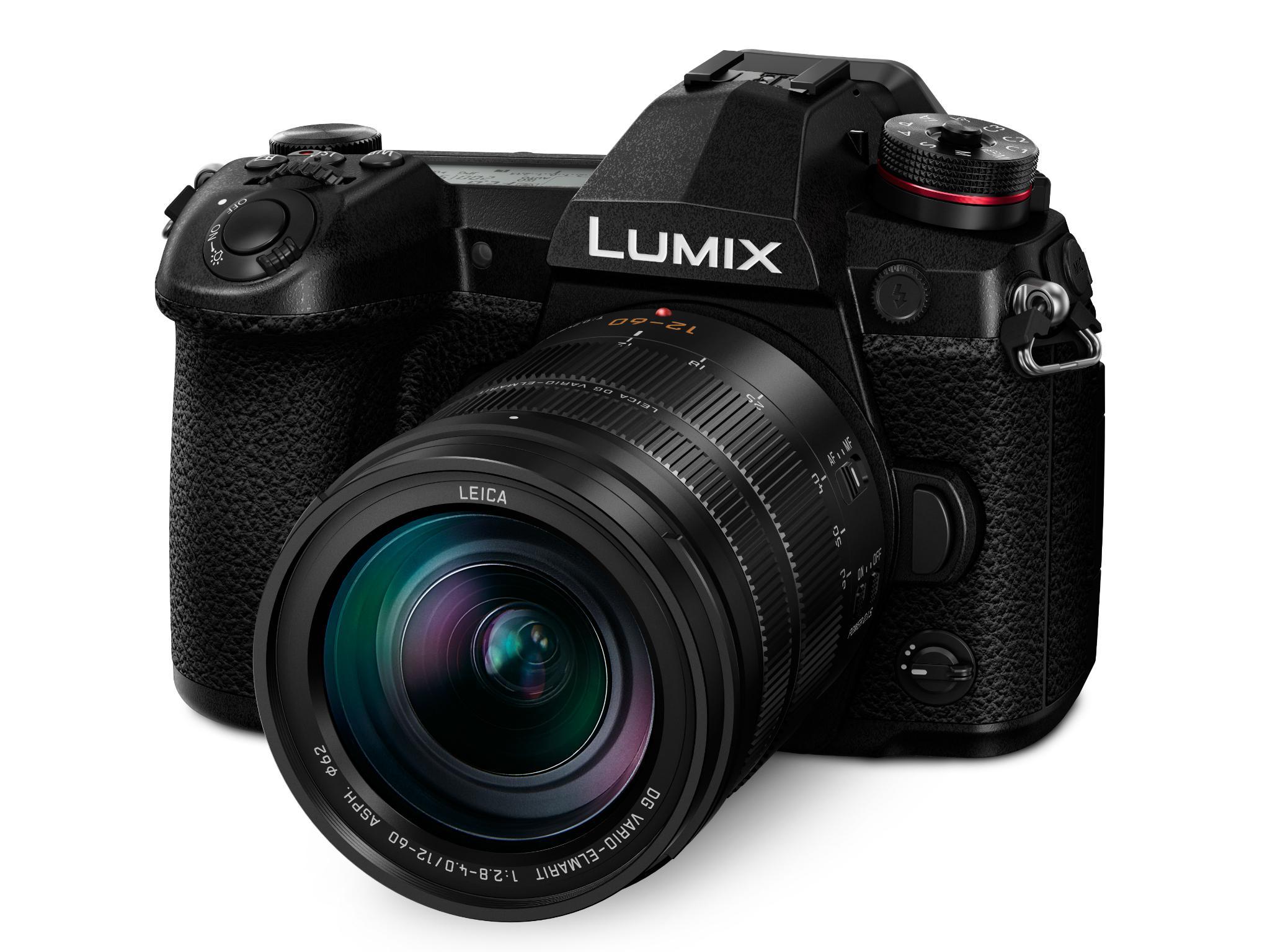Panasonic Lumix G9 hands-on review: A blisteringly fast camera packed with advanced features
The company is promoting it as a nature photographer’s dream

Your support helps us to tell the story
From reproductive rights to climate change to Big Tech, The Independent is on the ground when the story is developing. Whether it's investigating the financials of Elon Musk's pro-Trump PAC or producing our latest documentary, 'The A Word', which shines a light on the American women fighting for reproductive rights, we know how important it is to parse out the facts from the messaging.
At such a critical moment in US history, we need reporters on the ground. Your donation allows us to keep sending journalists to speak to both sides of the story.
The Independent is trusted by Americans across the entire political spectrum. And unlike many other quality news outlets, we choose not to lock Americans out of our reporting and analysis with paywalls. We believe quality journalism should be available to everyone, paid for by those who can afford it.
Your support makes all the difference.The recently-rumoured flagship camera from Panasonic has been announced and the Independent is the only UK newspaper to put it comprehensively through its paces
The new camera from Panasonic, the Lumix G9, is the most advanced from the Japanese company and puts still photography at the centre of its capabilities. Where other models such as the hugely successful Lumix GH5 have been picked up by videographers eager for a powerful camcorder is properly ergonomic shape, this new camera emphasises its skills with stills.
So there’s a 20.3-megapixel sensor – this is the same as on the GH5 but has now been optimised to improve its functionality for stills over video shooting. It also has a High Resolution mode capable of creating images that look stunning. Not surprising given that they are equivalent to an 80-megapixel image, achieved by taking eight images and stitching them together.
Other enhancements include body image stabilisation which lets you shoot at lower shutter speeds without introducing image blur – especially useful if you’re using a telephoto lens. No surprise, then, that Panasonic is promoting this camera as a nature photographer’s dream.
There are plenty of other innovations but, really, the important thing is how the Lumix G9 handles in practice. I’ve taken it for a spin to test its features properly and first impressions are extremely impressive.
First of all, it’s a great fit as you hold it, with a grip that falls perfectly under the fingers of the right hand and feels secure and solid. It feels a deeper grip than the already-comfy GH5 sports, giving more room for your fingers to hold tight.

And on the top edge an extra display reveals current settings, which proves very useful on the go. It’s a feature common to high-end DSLRs but rare on mirrorless cameras like this one, which save space and weight by removing the prism of mirrors which show the viewfinder what the lens is seeing.
Instead, mirrorless cameras use electronic viewfinders to achieve the same end.
The problem is often that the electronic viewfinder image isn’t a patch on an optical one. Here, though, thanks to a high-resolution OLED viewfinder which is bright and super-sharp. In a long day’s use I never found it anything less than satisfactory. There’s also a 3-inch touchscreen display on the back of the camera which folds out and works at multiple angles.

A double SD card slot means you can shoot jpegs on one card and RAW on the other, for instance.
In ergonomic terms, this is a highly successful camera, with buttons sitting just where your fingers want to find them, including one at the perfect distance for your index finger to find it on the front of the camera. Press it and it magnifies the centre of the image to show you what’s there and just how sharp it is. It’s a neat trick that proves highly useful when you’re shooting on a telephoto lens, something especially suited to this camera.
It’s also extremely responsive, shooting the instant you press the shutter button. In fact, at first, the trigger seems almost too sensitive. Where other cameras require a half-press to preview the focus, you merely need to rest your finger on the shutter to focus and the lightest press to shoot. Burst shooting is similarly fast and responsive.

Other useful features include one that’s great for wildlife, or portrait photography, which can recognise eyes and focus automatically on them. Which is almost always where you want your focus to be sharpest, after all. In brief tests, this worked perfectly, and even worked in shots where there were several subjects.
Of course, this being a Panasonic, there are advanced video recording capabilities here, too, though not quite as many as on the GH5. There’s a neat feature called 4K Photo which lets you extract an 8-megapixel still from 4K footage. And there’s even 6K Photo which works with even higher-resolution 6K video footage to deliver an 18-megapixel still.
The responsiveness of the camera was perhaps the standout feature for my day with the G9. After over 1,000 photographs the battery was still going strong and the results were strong in almost every case. Any weaker shots were universally down to the human operator.
Even for me, this camera was a real performer, taking everything in its stride with screamingly precise autofocus in every setting I tried, strikingly accurate subject tracking in even fast-moving shots and all-round usability.
The Lumix G9 goes on sale in January with prices starting from £1,499, body only.
Mirrorless cameras have come into their own in recent years, supplanting the idea that they are necessarily inferior to full-on DLSRs. The Panasonic Lumix G9, comfy in the hand, blisteringly fast and stuffed with advanced features, takes images that any DSLR user can be proud of, is simple to navigate and a real pleasure to use.
Join our commenting forum
Join thought-provoking conversations, follow other Independent readers and see their replies
Comments